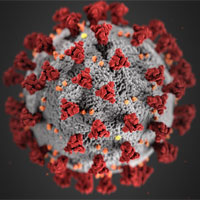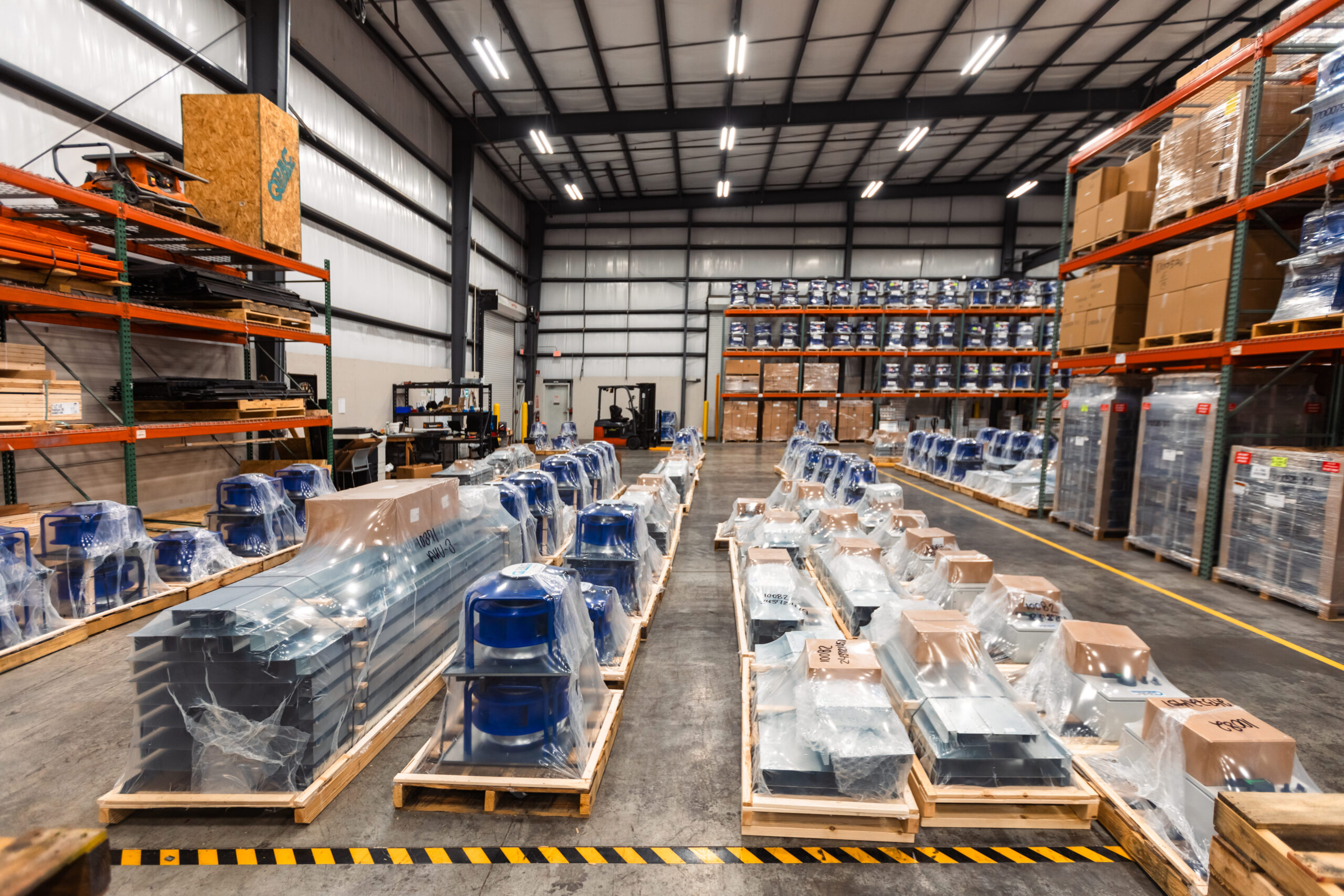
News
ASHRAE Resources Available to Address COVID-19 Concerns
ASHRAE, a global society advancing human well-being through sustainable technology for the built environment, has developed proactive guidance to help address coronavirus disease 2019 (COVID-19) concerns with respect to the operation and maintenance of heating, ventilating and air-conditioning systems.
 The ASHRAE COVID-19 Preparedness Resources webpage, ashrae.org/COVID19, provides easily accessible resources from ASHRAE to building industry professionals.
The ASHRAE COVID-19 Preparedness Resources webpage, ashrae.org/COVID19, provides easily accessible resources from ASHRAE to building industry professionals.
“The recent escalation in the spread of coronavirus disease 2019 is alarming on a global scale,” said 2019-20 ASHRAE President Darryl K. Boyce, P.Eng. “While ASHRAE supports expanded research to fully understand how coronavirus is transmitted, we know that healthy buildings are a part of the solution. ASHRAE’s COVID-19 Preparedness Resources are available as guidance to building owners, operators and engineers on how to best protect occupants from exposure to the virus, in particular in relation to airborne particles that might be circulated by HVAC systems.”
Available on the webpage is ASHRAE’s recently approved position document on Airborne Infectious Diseases. The Society’s position is that facilities of all types should follow, as a minimum, the latest practical standards and guidelines.
The following publications are referenced in the position document and on the resources webpage:
- ANSI/ASHRAE Standard 62.1-2019, Ventilation for Acceptable Indoor Air Quality – Outlines minimum ventilation rates and other measures intended to provide IAQ that is acceptable to human occupants and that minimize adverse health effects.
- ANSI/ASHRAE Standard 62.2-2019, Ventilation for Acceptable Indoor Air Quality in Residential Buildings – Defines the roles of and minimum requirements for mechanical and natural ventilation systems and the building envelope intended to provide acceptable indoor air quality in low-rise residential buildings.
- ANSI/ASHRAE/ASHE Standard 170-2017, Ventilation of Health Care Facilities – Ventilation guidance, regulation, and mandates to designers of health care facilities. It addresses hospital spaces, outpatient spaces, and nursing home spaces.
- ANSI/ASHRAE Standard 52.2-2017, Method of Testing General Ventilation Air-Cleaning Devices for Removal Efficiency by Particle Size – Establishes a method of laboratory testing to measure the performance of general ventilation air-cleaning devices in removing particles of specific diameters.
- ANSI/ASHRAE Standard 55-2017, Thermal Environmental Conditions for Human Occupancy – Specifies conditions for acceptable thermal environments and is intended for use in design, operation, and commissioning of buildings and other occupied spaces.
- ANSI/ASHRAE Standard 185.2-2014, Method of Testing Ultraviolet Lamps for Use in HVAC&R Units or Air Ducts to Inactivate Microorganisms on Irradiated Surfaces – Establishes a test method for measuring the intensity of ultraviolet lamps on irradiated surfaces under typical HVAC&R operating conditions.
- ANSI/ASHRAE Standard 161-2018, Air Quality within Commercial Aircraft – Defines the requirements for air quality in air-carrier aircraft and specifies methods for measurement and testing in order to establish compliance with the standard.
- ASHRAE Guideline 28-2016, Air Quality within Commercial Aircraft – Serves as a companion to ANSI/ASHRAE Standard 161, Air Quality within Commercial Aircraft. Includes additional research and supporting information for guidance in assessing and assuring good air quality within the aircraft cabin.
The position document also advises that new and existing healthcare intake and waiting areas, crowded shelters, and similar facilities should go beyond the minimum requirements of these documents, using techniques covered in ASHRAE’s Indoor Air Quality Guide to be even better prepared to control airborne infectious disease (including a future pandemic caused by a new infectious agent).
Because small particles remain airborne for some period of time, the design and operation of HVAC systems that move air can affect disease transmission in several ways, such as by the following:
- Supplying clean air to susceptible occupants
- Containing contaminated air and/or exhausting it to the outdoors
- Diluting the air in a space with cleaner air from outdoors and/or by filtering the air
- Cleaning the air within the room
ASHRAE recommends the following strategies of interest to address disease transmission: dilution ventilation, laminar and other in-room flow regimes, differential room pressurization, personalized ventilation, source capture ventilation, filtration (central or unitary), and UVGI (upper room, in-room, and in the airstream).
Owners, operators, and engineers are encouraged to collaborate with infection prevention specialists knowledgeable about transmission of infection in the community and the workplace and about strategies for prevention and risk mitigation.
For access to the full position document, standards, publications, technical committees, research projects and other material to prepare for COVID-19, visit the ASHRAE COVID-19 Preparedness Resources webpage at ashrae.org/COVID19.
About ASHRAE
Founded in 1894, ASHRAE is a global professional society committed to serve humanity by advancing the arts and sciences of heating ventilation, air conditioning, refrigeration and their allied fields.
As an industry leader in research, standards writing, publishing, certification and continuing education, ASHRAE and its members are dedicated to promoting a healthy and sustainable built environment for all, through strategic partnerships with organizations in the HVAC&R community and across related industries.
ASHRAE is celebrating 125 years of shaping the built environment. Become a member of ASHRAE by visiting ashrae.org/join.
For more information and to stay up-to-date on ASHRAE, visit ashrae.org and connect on LinkedIn, Facebook, Twitter and YouTube.














